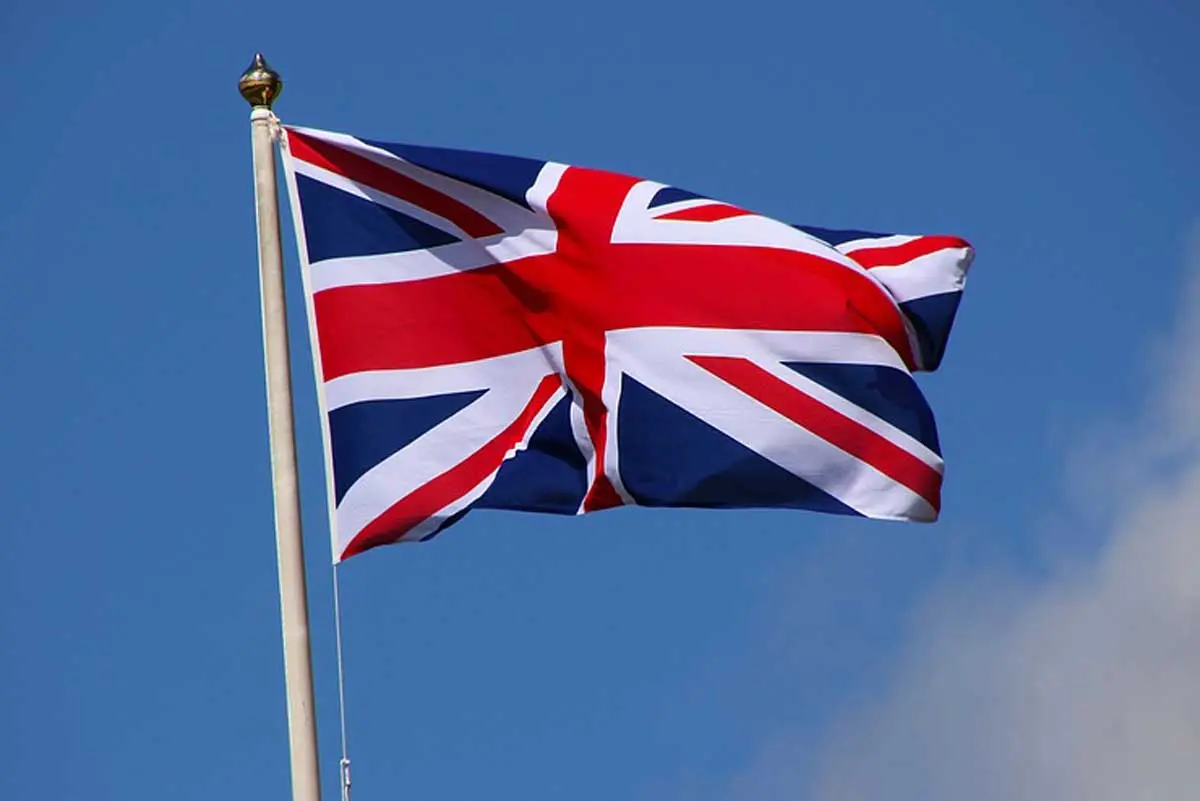- Seeks views for the design and administration of CBAM
- UK CBAM to start in 2027, a year after EU
- Iron, steel and aluminum sectors likely to be heavily impacted
The United Kingdom launched a consultation to help it design a carbon border tax on imports of emissions intensive products from 2027, the government said March 21.
The consultation, that will run for a 12-week period ending June 13, is part of the country’s efforts to introduce a carbon border adjustment mechanism (CBAM) by 2027 on imports of goods from the following sectors: aluminum, cement, ceramics, fertilizers, glass, hydrogen, iron and steel.
The purpose of the consultation is to gather views hear from importers and their agents, other businesses, individuals, tax advisers, trade and professional bodies and other interested parties, including those overseas, according to documents released by the UK Department for Energy Security and Net Zero.
The charge applied by the UK CBAM will depend on the amount of carbon emitted in the production of the good and the gap between the carbon price applied in the country of origin – if any – and the carbon price faced by UK producers.
Under the current proposal, the government will set and levy seven rates of tax, one for each sector.
This rate, which will be set by the government, will be determined by a methodology and updated on a quarterly basis, reflecting the price of UK Allowances under the UK Emissions Trading Scheme.
“The UK CBAM rate will be reduced (potentially to zero) if the embodied emissions in the CBAM goods were subject to a carbon price overseas that was greater than or equal to the UK CBAM rate for that sector,” the document said.
UK carbon prices have been extremely weak in the past 12 months on weaker demand due to lower power generation and weak manufacturing numbers, along with doubts over the government’s climate commitments.
Platts, part of S&P Global Commodity Insights, assessed UKAs at GBP35.60/mtCO2e on March 21. This is a slight rise after prices fell to a record-low of GBP31.42/mtCO2e on Jan. 29.
Prone sectors, countries
The document also said that based on historic trade flow data, the iron and steel and aluminium, will be most exposed to its CBAM.
The total value of CBAM imports from iron & steel and aluminium in 2023 were GBP4.5 billion and GBP11.87 billion respectively, according to HM Revenue and Customs data. The mechanism is likely to have a notable impact on the EU, China, Turkey, US, India and Taiwan, which are the top 5 origin markets of CBAM imports, the document showed.
The first accounting period for the carbon leakage tax will run from Jan. 1 to Dec. 31, 2027, while from 2028, the periods will become quarterly.
“Using a quarterly reference to the UK ETS price would allow for the UK CBAM rate to track the changes in the UK ETS price throughout the year, whilst balancing the need to give importers certainty on the price they will pay for their consignments in each reporting period,” the document added.
This comes after the EU’s own CBAM entered into force in its transitional phase from Oct. 31, 2023. The main purpose of CBAM seems to be to push the European industry to significantly decarbonize without being undercut by other geographies with no carbon costs.
However, EU’s CBAM, will fully apply from 2026, a year before the UK tax. This mechanism also obliges companies that import into the bloc to pay a tax to account for the difference between the carbon price paid in the country of production and the price of carbon allowances in the EU ETS.
The UK ETS, which became operational in 2021, is currently in its first phase, set to run until 2025. It regulates CO2 emissions from power generation, emissions-intensive heavy industries and aviation — a similar sectoral scope to the EU ETS. The UK has set a target to reduce emissions by 78% by 2035 compared with 1990 levels before reaching net zero by 2050.
Author: Eklavya Gupte, eklavya.gupte@spglobal.com






